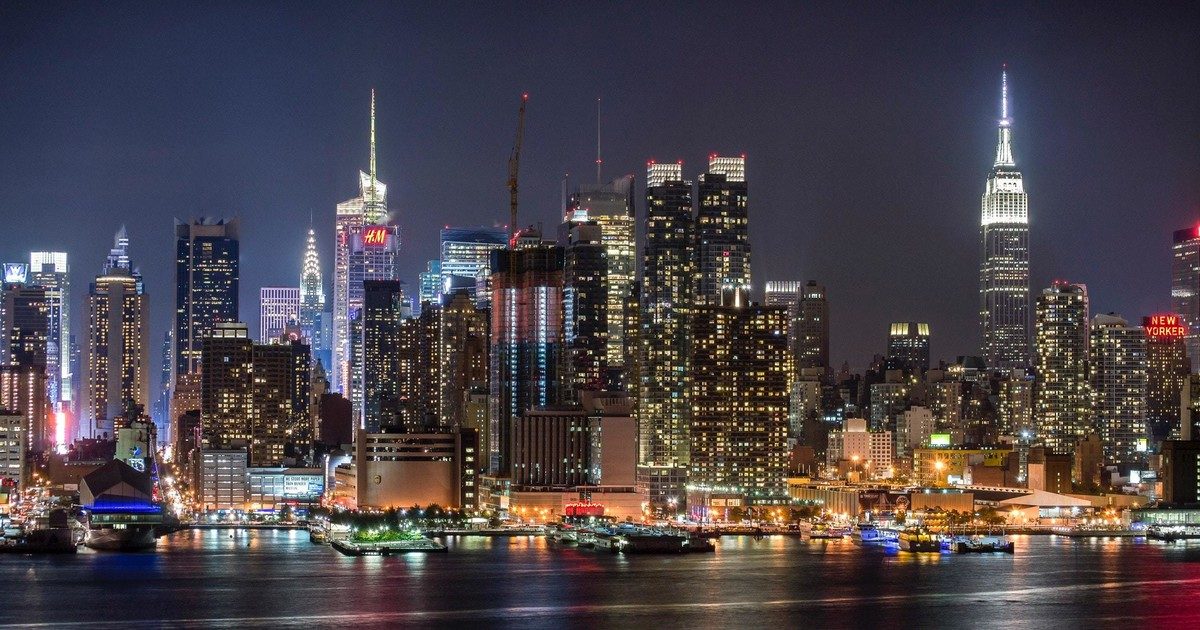In Ocejo’s book, Masters of Craft: Old Jobs in the New Urban Economy, he discusses the revolution of manual labor jobs by the creative class. Usually coming from more privileged backgrounds, the creative class has strayed from their more stable careers to pursue more enriching cultural passions as first wave gentrifiers. As the manual labor industry has declined due to cheaper labor offshore and strides made in technology, jobs in barbering, manufacturing, bartending and more has been stigmatized. However, the creative class has changed the negative connotation of these manual labor jobs by glamorizing them to be “cool” and “hipster.” Despite this, Ocejo still argues that “not all service jobs in the new economy are created equal” which leads to breakdown in the community (Ocejo 17).
In my expert question, I asked whether the creative class, drawn towards the idea of authenticity and closer interactions with community, was subsequently creating a divide among different socioeconomic classes. Since the creative class is generally well off, typically having a college education, and therefore has the means to pursue a new career often with a fair amount of risk, their entrepreneurial endeavors can outshine the jobs that less affluent individuals are forced to take to support themselves. As gentrification raises property values and low-income minorities are forced out of communities, the creative class takes the place of original business by offering new “authentic experiences.” Because these “authentic experiences” are more expensive and elite they are also less accessible. Lower classes may not be educated on these topics and certainly do not have the means to indulge in luxuries like “cocktail culture” when they can barely pay the rent. As the wealthy can only access these new trends, it creates a divide in the community.
While the creative class craves authenticity, their businesses are often far from truly “authentic.” For example, by using local products, their business appeals to a higher socioeconomic class but only because the culture they are presenting is more elite. Business owners claim that they discuss their products with clients but it never goes beyond just talk of business. This is unlike traditional manual labor jobs where strong, personal ties are formed between business owners and clients, creating a sense of community. This raises the question we discussed in class, “who can claim the status of artisan and who can claim the status of worker?” It seems that what we think of as “artisan” is turning into the creative class. As a result, does one need to be their own entrepreneur to be an artisan and is a worker what was stereotypically low status?
The idea of cultural capital is also an important factor in this discussion of authenticity. We discussed that the creative class is performative and wishes to create an authentic experience. But this begs the question of who sees these new jobs as authentic? Are only those that are used to an elite and prosperous lifestyle looking to fulfill this cultural need? Ocejo discusses that different classes have different cultural preferences because of their different backgrounds. As a result, it may only be the wealthy that see these new glamorized American businesses as “authentic” while less affluent groups are not interested because this new culture does not meet their needs.

One thing that struck me in Ocejo’s book as well as during our class discussions were the intentional differences of pursuing traditionally working-class occupations. Ocejo describes his own father, who had taken up a job as a barber out of economic necessity but urged Ocejo to pursue higher education and more “professional” occupations. Jobs such as bartending, hair-cutting, or butchering are traditionally known to be working-class and an honest, hands-on way to make money and get by. The creative class, however, has different intentions for pursuing these jobs. Like you stated, the creative class is often better off and highly educated, and they crave the “authenticity” of these “hip” manual labor jobs. I agree that the endeavors of the creative class cannot be described as authentic because they mask the raw experiences of lower-income workers who actually necessitate these occupations. The creative class is essentially capitalizing off of previously shameful, working-class jobs without consideration for actual members of the working-class.
You asked whether the formation of the creative class further stratifies socioeconomic class, and I believe at some level it does because of the ignorance the creative class has for the implications of being “working-class.” The creative class further perpetuates the pervasiveness of the elite, minimizing the experiences and silencing workers who don’t make the socioeconomic cut.
I think your question of who sees the jobs of the creative class as authentic is really fascinating. During this class, I remember thinking a great deal about the growing fascination with farms and assumed authenticity that businesses that commodify the “farm-to-table” idea may receive. Agricultural work, which is physically demanding and quite difficult, is often seen as cool and rustic. A farm near Brunswick that gives a significant portion of its produce to local food pantries has recently started renting out a room in the property’s house to tourists looking for a getaway. They have also started hosting goat yoga classes with the farm’s goats once they realized this activity was profitable and in high demand. Here we see a farm deriving greater value once it realizes that its more “quaint” characteristics are profitable. While the owners of the farm, themselves, likely realize that visitors do not gain an authentic understanding of their business from staying on the property, the visitors have a different perception.